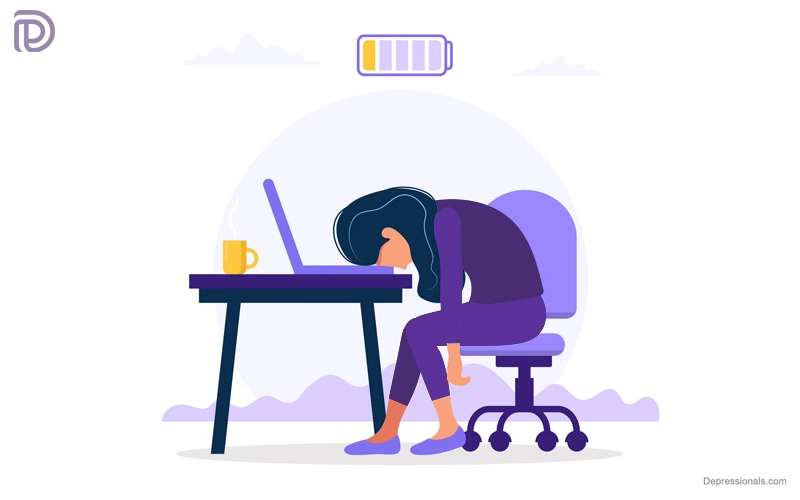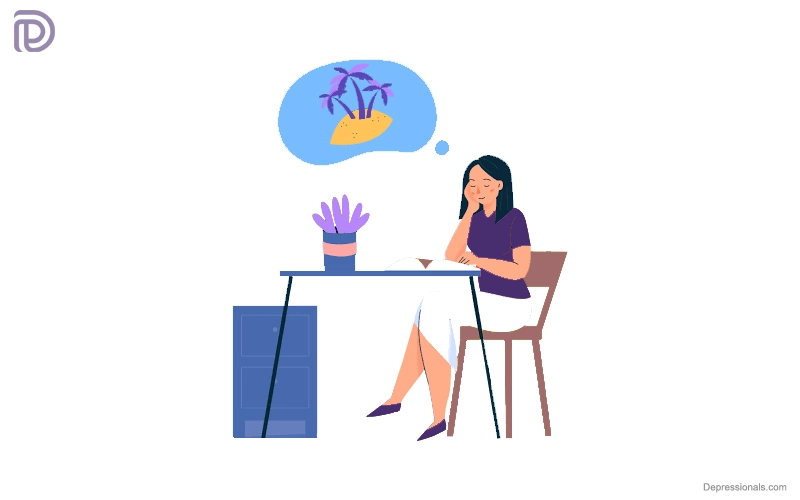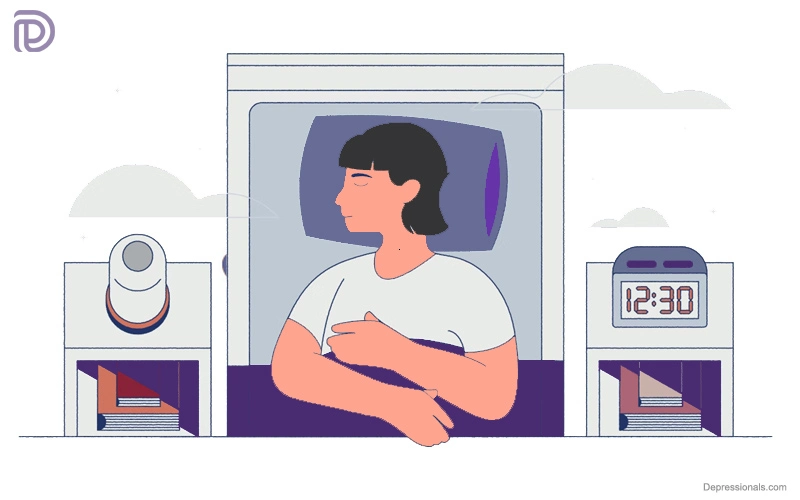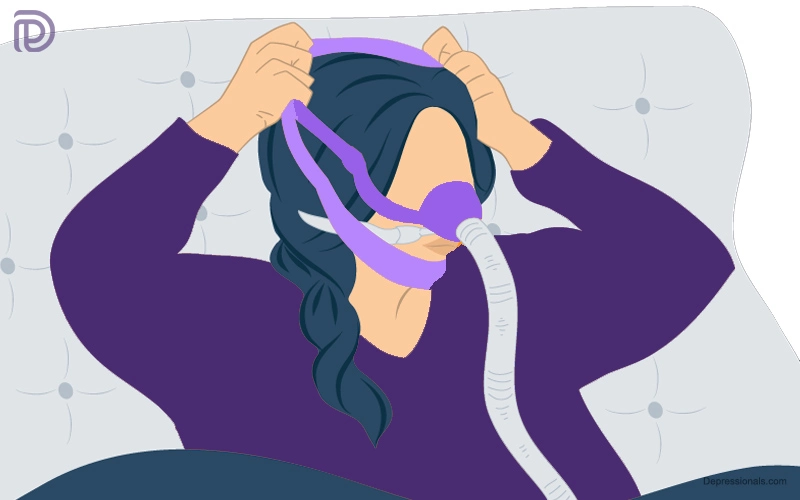There are many types of sleep apnea, but obstructive sleep apnea is the most common. Sleep apnea is caused by the throat muscles periodically relaxing and blocking the airway. Snoring is one of the signs of obstructive sleep apnea.
Sleep apnea is the most common disorder related to breathing while asleep. It occurs when your breathing stops and starts repeatedly during sleep.
Normal breathing should be smooth from the mouth and nose to the lungs at all times, even during sleep. We call periods in which breathing completely stops apnea or an apneic episode. OSA causes the normal flow of air to be intermittently interrupted throughout the night.
Children and adults can be affected by OSA. It is most common among older men. Men and postmenopausal women have similar rates following menopause. When snoring is interrupted by periods of silence, snoring may be associated with OSA. Snoring occurs as the narrowed space in the airway is squeezed.
Not all snorers have OSA, and not all snoring is indicative of something serious. The untreated symptoms of OSA can lead to serious health issues such as:
- Hypertension (high blood pressure)
- Heart disease
- Stroke
- Diabetes
- Irregular heartbeat (atrial fibrillation)
- Pulmonary hypertension
Complications can be prevented with proper diagnosis and treatment.
Related: Central Sleep Apnea
Symptoms of obstructive sleep apnea
OSA patients often complain of sleepiness during the day. There is a decreased amount of oxygen being delivered to the brain and other parts of the body due to OSA episodes. The side effects include drowsiness during the day and a lack of clarity in the morning.
If you share a bed with someone who has OSA, you should report the following:
- Loud snoring
- Gasping
- Choking
- Snorting
- Sleep disruptions
Additionally, these symptoms may be detected during a routine health examination or when checking on another complaint.
The following symptoms may also occur in people with OSA:
- Morning headaches
- Being grumpy or disgruntled
- Forgetfulness
- Drowsiness
- Sleep disturbances
There are also the following symptoms:
- Hyperactivity in children
- Worsening depression
- Low performance at work and school
- Loss of interest in sexual activities
Sleep apnea patients are more likely to be involved in a motor vehicle accident and an industrial accident during the day. Fortunately, treatment can alleviate daytime sleepiness completely.
Related: Psychophysiological Insomnia
What causes obstructive sleep apnea?
The following conditions can cause OSA:
- Obesity hypoventilation syndrome: It is a breathing disorder associated with obesity.
- Endocrine conditions: You could experience breathing problems while you sleep if you have conditions like hypothyroidism, acromegaly and polycystic ovary syndrome.
- Chronic lung disease: These conditions include asthma, chronic obstructive pulmonary disease (COPD) and pulmonary fibrosis.
- Neuromuscular conditions: You can have difficulty communicating with your chest muscles and airway after a stroke.
- Heart or kidney failure: The excess fluid may obstruct your upper airway by building up in your neck.
- Pregnancy
Risk factors
People with physical features that narrow their upper airways tend to be at higher risk of OSA. Some of these risk factors are:
- Obesity
- Marge tonsils
- Men whose collars are more than 17 inches wide
- Women whose collars are at least 16 inches wide
- People with large tongues, which could block their airways
- There’s something called retrognathia, where you have a shorter lower jaw than an upper jaw
- Your airway becomes narrower and more likely to collapse
- Smoking
- Having OSA in the family
Related: Periodic Limb Movement Disorder (PLMD)
How is obstructive sleep apnea diagnosed?
Sleep apnea is diagnosed after a thorough physical examination and history. There is important information to be gained from a history of sleepiness and snoring during the day.
You will be examined by your doctor to determine whether you have any physical factors associated with sleep apnea.
A questionnaire may be asked by your doctor to get an idea of how drowsy you are during the day, what kind of sleep you are getting, and how well you sleep.
Some OSA evaluations can be conducted without a technician on-site at home. Tests for sleep apnea at home are useful only in detecting certain cases of OSA. If other sleep disorders are suspected, it cannot replace other diagnostic tests.
OSA can be diagnosed by the following tests.
Polysomnography (PSG)
You are connected to a variety of monitors that monitor your physiological status as you sleep in a hospital or sleep center. Sleep-disordered breathing and many other sleep disorders can be inferred from abnormalities in physiology during sleep.
PSG measures your sleep-related organ activity while you sleep. It includes:
- Electroencephalogram (EEG), measurement of brain waves.
- Electrooculogram (EOM), measures eye movement.
- Electromyography (EMG), measures muscle activity.
- Electrocardiogram (ECG), this measures heart rate and rhythm.
- Pulse oximetry test, This test measures oxygen levels in the blood.
Read: How Pandemic COVID-19 Affects Our Dreams
EEG and EOM
EEGs measure brain activity before, during, and after sleep by attaching electrodes to the scalp. EOMs record eye movements.
One electrode is positioned 1 centimeter over the outer lower corner of your right eye, and another is positioned 1 centimeter above the outer upper corner of your left eye. This record shows the movement of your eyes when they move away from the center.
Doctors can tell when a person is in a different phase of sleep from brain waves and eye movements. Non-REM sleep is characterized by slow eye movements, and REM sleep by rapid eye movements.
REM sleep causes paralysis and decreased muscle tone.
EMG
A 2-electrode EMG is conducted by placing one electrode above your jawline and one below it. Another electrode is attached to each shin.
Electrical activity is detected through the electrodes during muscle contractions. This should be followed by relaxation of the muscles during sleep. When you are sleeping, the EMG detects your muscles relaxing and moving.
ECG
The single-lead ECG monitors your heart rate and rhythm by recording electrical signals from the heart.
Pulse oximetry
It consists of clipping an electronic device known as a pulse oximeter onto a thin, blood-filled area of the body, such as a fingertip or earlobe.
An oxygen saturation level in your blood can be measured using a pulse oximeter, which uses an emitter with red and infrared LEDs. These levels may decrease during an episode of sleep apnea.
Related: Chronic Insomnia Disorder
Treatment options
It is the goal of OSA treatment to prevent sleep apnea by ensuring airflow is not restricted. There are several ways to treat OSA:
Weight loss
People with obesity and OSA are usually advised to manage their weight and exercise.
Obesity can decrease the severity of OSA, even if it doesn’t lead to complete remission.
When your doctor recommends weight loss, it might also reduce blood pressure, increase your life quality, and decrease daytime sleepiness.
Continuous positive airway pressure (CPAP)
The first line of treatment for OSA is the use of continuous positive airway pressure (CPAP). CPAP is administered by sleeping with a mask on.
Positive airflow is delivered through the mask during sleep to keep the airways open. The airway is kept open by the positive airflow.
CPAP is a highly effective treatment for OSA
Oral appliances can be a reasonable alternative to positive airway pressure for people with mild to moderate OSA who are not candidates for CPAP therapy.
Bilevel positive airway pressure (BPAP)
When CPAP therapy does not alleviate OSA symptoms, bilevel positive airway pressure machines are sometimes employed.
Inhalation and exhalation pressures are controlled separately by BPAP machines, sometimes called BiPAP machines. Inhalation and exhalation pressures change during the breathing process.
Sleeping on your side
People with OSA who sleep on their back (supine position) are given positional therapy to help them learn to sleep on their sides.
Read: Parasomnias
Surgery
Surgery is not generally recommended for adults with OSA. A surgical procedure is generally considered when CPAP, BPAP, or oral appliances fail to provide sufficient relief.
OSA patients who have severe, surgically correctable obstructions to their upper airways may benefit most from surgical treatment.
Surgical candidates include those who:
- Wish to have surgery
- Suffer from a surgically fixable condition
- Be healthy enough to undergo surgery
During the physical exam, your upper airway is checked for anatomical anomalies.
Furthermore, during the procedure, your doctor will insert a flexible laryngoscope, a thin instrument inserted through your nose that illuminates the upper airway and magnifies it while you are awake or asleep, as necessary.
While some patients benefit from surgical treatment for OSA, eliminating it completely is not always possible, depending on the treatment.
Complications
There are several serious medical conditions associated with obstructed sleep apnea. There are a number of complications that can occur:
Sleepiness and fatigue during the day
Sleep apnea patients often experience drowsiness, fatigue, and irritability during the daytime due to inadequate restorative sleep. They may find it difficult to concentrate at work and find themselves falling asleep while watching television, driving, or even while working. Work-related accidents can be more likely to happen to them as a result.
Sleep apnea is a common cause of poor school performance and behavior issues in children and young adults.
Cardiovascular problems
Blood pressure increases and cardiac system strain occurs when blood oxygen levels drop suddenly during obstructive sleep apnea. Hypertension (high blood pressure) is often associated with obstructive sleep apnea, which increases the chance of heart disease.
Those who suffer from obstructive sleep apnea are more likely to suffer from coronary artery disease, heart attacks, heart failure and strokes.
Blood pressure can be lowered by abnormal heart rhythms (arrhythmias), which are associated with obstructive sleep apnea. Repeated episodes of arrhythmias can cause sudden death if there is underlying heart disease.
Medication and surgery complications
It is also possible to develop obstructive sleep apnea during general anesthesia or while taking certain medications. Sleep apnea is worsened by drugs that relax your upper airways, such as sedatives, narcotics, and general anesthetics.
It is possible for major surgery to worsen obstructive sleep apnea, especially if you have been sedated and are lying on your back during the procedure. The risk of complications after surgery might be higher for people with obstructive sleep apnea.
If you are experiencing symptoms of obstructive sleep apnea, talk to your doctor before having surgery. Tests for obstructive sleep apnea might be recommended by your doctor before surgery.
Eye problems
There is some evidence that obstructive sleep apnea is associated with certain eye conditions, such as glaucoma. It is usually possible to treat eye complications.
Sleep-deprived partners
When you snore loudly, it can disrupt your relationships and prevent others from sleeping well. There are some couples who choose to sleep in different rooms.
It is also possible for people who suffer from obstructive sleep apnea to experience memory problems, morning headaches, mood swings, and depression, as well as urinating at night frequently.
COVID-19 might be associated with obstructive sleep apnea. The risk of COVID-19 developing a severe form and requiring hospitalization for people with obstructive sleep apnea is higher than that of people without the disorder.
Bottom line
If you consistently have trouble sleeping or experience daytime drowsiness, talk to your doctor.
The symptoms of OSA can be managed through a variety of treatment options. Lifestyle changes and other therapies will be included in your doctor’s treatment plan.






Today, while I was at work, my sister stole my iphone and tested to see if it can survive a 30 foot drop, just so she can be a youtube sensation. My apple ipad is now broken and she has 83 views. I know this is completely off topic but I had to share it with someone!
I went over this web site and I conceive you have a lot of great information, saved to my bookmarks (:.
Informative article.